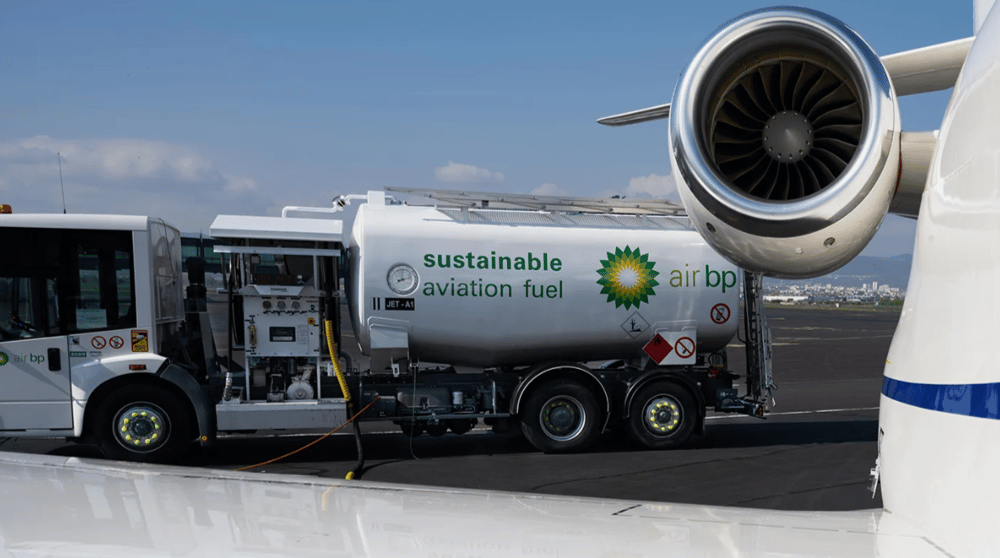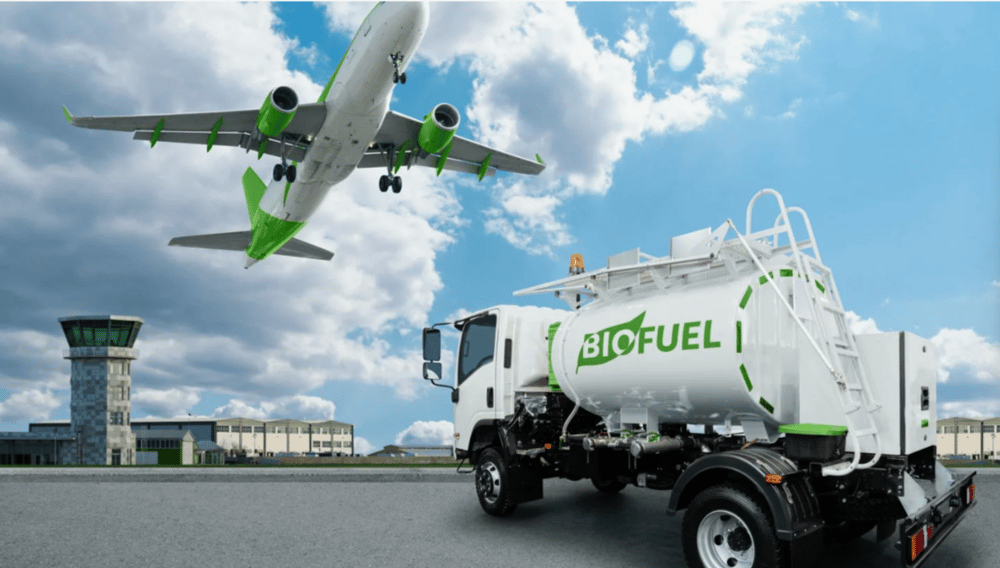IATA Forecasts Doubling of Sustainable Aviation Fuel Production in 2025 Amid Cost and Sustainability Challenges
The International Air Transport Association (IATA) announced on Sunday that sustainable aviation fuel (SAF) production is expected to double in 2025, reaching 2 million tonnes. This volume will represent approximately 0.7% of total jet fuel consumption by airlines globally. Despite this projected growth, IATA continues to warn that the pace of SAF adoption remains insufficient for airlines to meet ambitious environmental and sustainability targets.
IATA’s increasing concern highlights the tension between sustainability ambitions and economic realities, as SAF currently commands a higher price premium compared to conventional aviation fuel. The aviation sector, one of the hardest to decarbonize, is thus navigating complex challenges related to cost, supply, and policy incentives in its path toward greener operations.
SAF Production Growth and Its Economic Implications
The forecast from IATA underscores both progress and persistent obstacles in the sustainable aviation fuel market. Doubling production to 2 million tonnes in 2025 marks a significant milestone, yet it still accounts for less than 1% of the global jet fuel demand. This limited market share highlights the nascent stage of SAF’s role in the aviation fuel mix.
While SAF offers a lower carbon footprint by utilizing bio-based or synthetic feedstocks, its production remains capital-intensive and more expensive than fossil-derived jet fuel. The industry’s transition is further complicated by a limited global supply infrastructure and inconsistent regulatory frameworks across regions.
IATA CEO Willie Walsh stressed that even with optimistic growth, the higher cost of SAF will increase the aviation industry’s global fuel expenses by an estimated $4.4 billion in 2025. This additional financial burden poses a significant challenge for airlines already facing fluctuating fuel prices and competitive pressures.

Sustainable Aviation Fuel Market Overview
SAF production projected to reach 2 million tonnes in 2025.
Represents approximately 0.7% of total global jet fuel consumption.
SAF production cost significantly higher than conventional jet fuel.
Expected increase in global aviation fuel expenditure: $4.4 billion.
IATA highlights slow pace of SAF adoption as a barrier to meeting sustainability targets.
Market and Industry Reactions to SAF Growth
Market response to IATA’s SAF forecast is mixed. Environmental advocates emphasize the importance of scaling SAF to decarbonize aviation effectively. However, investors and industry stakeholders remain cautious given the economic trade-offs involved.
Equities in aviation-related sectors, including airline stocks such as Delta Air Lines $DAL and Lufthansa $LHA.DE, have shown sensitivity to fuel cost projections. Meanwhile, energy companies involved in SAF production, including Neste Oyj $NESTE.HE, are positioned to benefit from rising demand for alternative fuels but face challenges related to feedstock availability and production scalability.
Regulators globally are intensifying efforts to incentivize SAF uptake through carbon pricing mechanisms, subsidies, and blending mandates. However, disparities in policy frameworks continue to hinder uniform progress, affecting market confidence and investment.

Strategic and Market Implications of SAF Expansion
SAF production growth remains modest relative to total jet fuel consumption.
High production costs pose financial challenges for airlines globally.
Fuel cost inflation may impact airline profitability and ticket pricing.
Regulatory incentives are critical to accelerate SAF adoption.
Energy producers specializing in SAF stand to gain amid growing demand.
Significance of SAF Expansion for Aviation Sustainability
The anticipated doubling of sustainable aviation fuel production by 2025 is a positive step toward reducing the aviation sector’s carbon footprint. Nonetheless, the modest scale relative to total fuel use and the elevated costs of SAF underscore the significant hurdles ahead.
IATA’s warning about the slow pace of adoption and the associated cost impact highlights the complex balance between environmental objectives and economic realities faced by airlines. To meet international climate goals, further innovation, regulatory support, and investments in SAF infrastructure are essential.
This development remains critical not only for aviation’s sustainability agenda but also for global efforts to combat climate change while maintaining air transport’s vital role in the global economy.















Comments
This transaction highlights the growing influence of automation in shaping tech's future
The momentum behind automation continues to build as ecosystems evolve rapidly